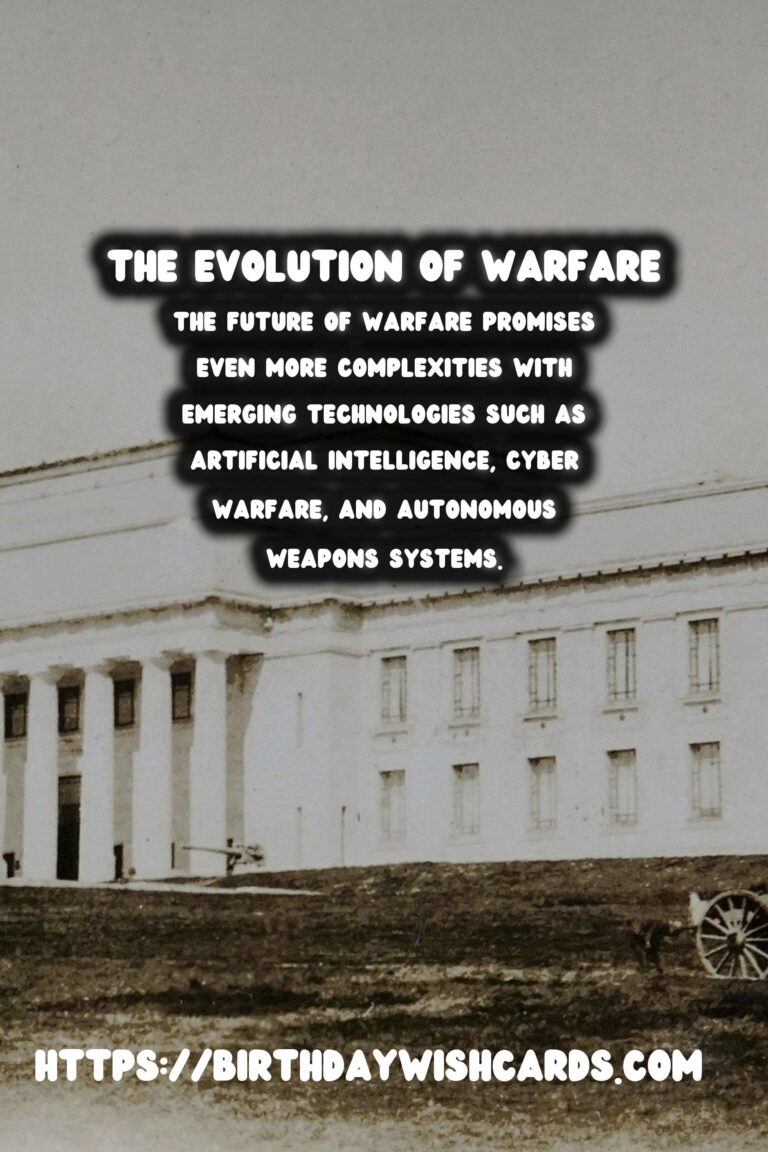
Warfare has been a central element in human history, reflecting the socio-political dynamics of the time and the technological advancements of societies. From the earliest recorded conflicts to today’s nuanced and complex battles, warfare has continually evolved. This article explores the significant shifts from ancient siege warfare to today’s asymmetric warfare.
Ancient Siege Warfare
In ancient times, civilizations engaged predominantly in siege warfare. The focus was on capturing city-states and fortresses, which were bastions of power and security. Both offensive and defensive strategies were paramount during sieges, where heavily fortified structures stood against diverse attacking techniques.
One of the most famous examples is the Siege of Troy, narrated in Homer’s epic, ‘The Iliad.’ Archaeological evidence suggests intricate and tactically diverse approaches were employed to exhaust the besieged into surrender.
Medieval Warfare Tactics
The medieval era saw the evolution of siege warfare into more coordinated battlefield engagements. The introduction of medieval battalions, knights, and long-range weaponry, such as the longbow, redefined military strategies across Europe.
Castles became focal points of power, requiring attackers to develop innovative siege engines like the trebuchet and battering ram. The famous Hundred Years’ War demonstrated the shift from standalone sieges to strategic territorial campaigns.
The Gunpowder Revolution
The discovery and utilization of gunpowder in the late medieval period marked a monumental change in how wars were fought. Cannons and firearms rendered traditional fortress walls obsolete, leading to the development of star forts and new forms of military tactics at sea and on land.
This era introduced pike and shot formations, revolutionizing battlefield tactics and the organization of armies, ultimately leading to larger and more centralized national military forces.
The Rise of Industrial Warfare
The Industrial Revolution brought about a seismic shift in warfare with technological advancements like the railway, telegraph, and ironclad ships. World War I is a quintessential example, showcasing trench warfare, mechanized cavalry, and aerial combat.
The scale and destruction of warfare during this period prompted innovations in tactics, leading to modern combined arms operations and an increased focus on logistics and rapid deployment of forces.
Modern Asymmetric Warfare
In the contemporary era, warfare has become increasingly asymmetric, characterized by conflicts between highly organized militaries and insurgent groups or non-state actors. These conflicts emphasize unconventional tactics, guerrilla warfare, and the strategic use of media.
Asymmetric warfare reflects the modern world’s geopolitical landscape, where technological superiority does not always guarantee victory. It highlights the adaptability and tactical innovation required by traditional forces to address decentralized and often ideologically driven adversaries.
The Future of Warfare
The future of warfare promises even more complexities with emerging technologies such as artificial intelligence, cyber warfare, and autonomous weapons systems. The moral, ethical, and strategic implications continue to evolve as nations and entities prepare for potential conflicts in an increasingly interconnected world.
As we forge ahead, understanding the historical contexts of warfare can provide invaluable insights into maintaining peace and preventing conflicts’ escalation.
Warfare has been a central element in human history, reflecting the socio-political dynamics of the time and the technological advancements of societies. The future of warfare promises even more complexities with emerging technologies such as artificial intelligence, cyber warfare, and autonomous weapons systems.
#History #Warfare

